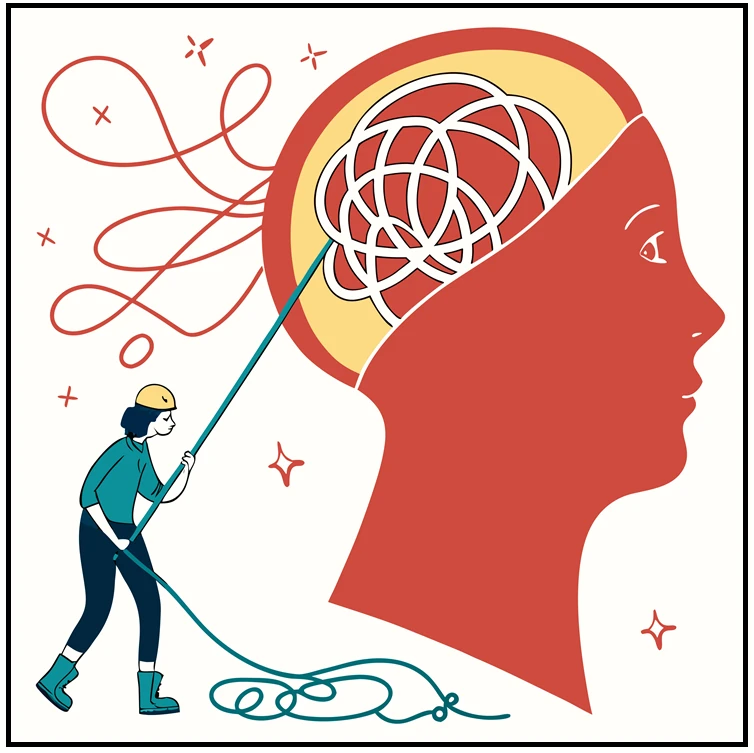
Researchers have long theorized that phantom limb pain is caused by the brain’s struggle to rewire itself after amputation. That hypothesis gave rise to various treatments (such as mirror-box therapy) that seek to eliminate PLP by restoring the brain’s map of the body. Attempts to validate the theory have been inconclusive. But a new study in the journal Nature Neuroscience argues that this theory of phantom limb pain is finally settled.
Tamar Makin, a neuroscientist affiliated with University of Cambridge Medical School and one of the authors of the Nature Neuroscience study, summarized this line of thinking in a 2021 article. “Since the end of the 20th century,” she wrote, “the prevailing theory for the development of PLP has been that of maladaptive brain plasticity.” After amputation, this theory holds, grey matter associated with the missing limb gets reassigned to other tasks. This type of reorganization is known to happen in people who lose sight at an early age, with beneficial effects: Their visual cortex becomes involved in language and nonvisual sensory processing, helping them adapt to their sight impairment.
Could a similar phenomenon have a negative effect in amputees? Misrouted neural inputs from the residual limb might generate confusing signals that the brain interprets as pain. Some researchers have even characterized this process as “hijacking,” with the now-dormant brain region being plundered by other organs or bodily functions that are greedy for additional bandwidth.
If PLP does indeed arise from flawed rearrangement of neural pathways, then restoring the original brain map might alleviate PLP. “Mirror-box therapy operates on this principle,” Makin wrote in her 2021 piece. “Related approaches, using implicit and explicit motor imagery, aim to gradually ‘reawaken’ the motor representation of the missing limb, while virtual reality-based treatments aim to achieve a similar effect via improved phantom motor execution. All these techniques target neuroplasticity mechanisms as a means to reverse harmful rewiring and reinstate ‘normal’ sensory and motor perceptions.”
Phantom Cures for Phantom Limb Pain
Unfortunately, therapies based on the brain reorganization theory have a spotty track record. None has been clinically proven to reduce PLP at a broad level. And we now may know why: The Nature Neuroscience paper offers compelling evidence that limb loss does not trigger significant brain reorganization.
The paper describes the first-ever instance of before-and-after mapping of amputees’ brains. “Participants demonstrated strikingly consistent cortical maps before and after amputation,” the authors observe. “By directly quantifying [brain] activity changes across amputation, we demonstrate that amputation does not trigger large-scale cortical reorganization.”
In this study, researchers conducted detailed brain scans of three individuals prior to upper-limb amputation. All performed specific motor functions (e.g. individual finger tapping, grip shapes, wrist flexing and rotation, etc.) while an MRI machine recorded the brain activity associated with each action. The same three individuals were studied again after amputation, executing the identical set of movements with their phantom limb to generate post-amputation MRI scans. These post-amputation scans were taken repeatedly over several years, to track whether reorganization occurred months or years downstream of limb loss. “Our longitudinal approach reveals no signs of topographic reorganization in the [somatosensory cortex],” the paper concludes.
To anchor their conclusions, the researchers took control readings in the participants’ non-amputated upper limb as well as other body regions (lips and lower limbs) that were unaffected by amputation. The before-and-after brain readings associated with the amputated limb were essentially identical to the readings associated with unaffected body regions. There was no sign that neurons assigned to the amputated limb behaved any differently from unaffected neurons, nor any indication of neighboring brain regions racing in to loot the bounty of abandoned grey matter. Finally, the investigators took identical readings, at identical intervals, from a control group of 16 nonamputees. Their brain scans matched those associated with the three amputee test cases.
“Our findings affirm the unaltered nature of adult sensory body maps after amputation,” the paper concludes. “For phantom limb pain treatments, our study indicates that targeted muscle reinnervation and regenerative peripheral nerve interfaces do not ‘reverse’ reorganization or alter the cortical hand representation. For brain–computer interfaces, our findings demonstrate a highly detailed and stable representation of the amputated limb for long-term applications.”




